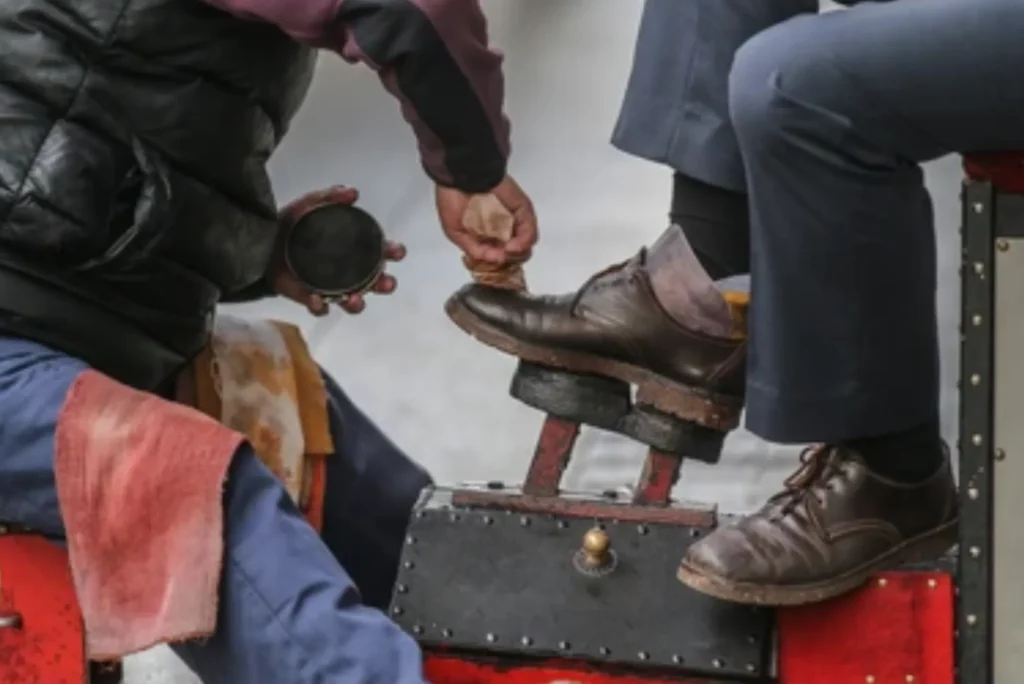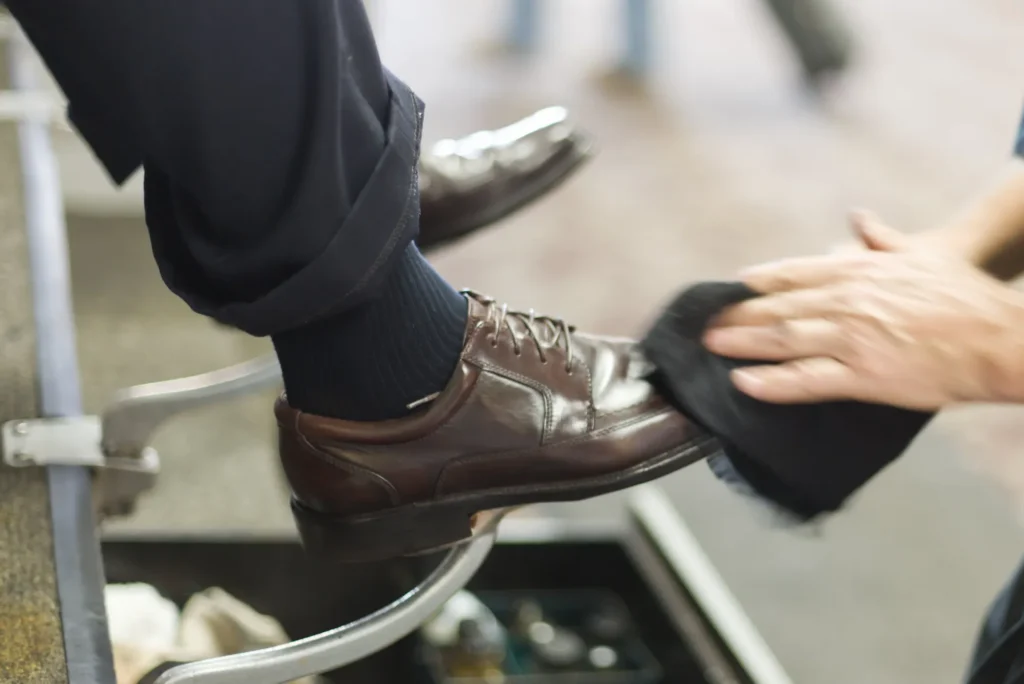In the narrative of shoe polishing, the fee demanded by the boy plays a significant role in understanding the transaction’s dynamics. This article delves into the amount of money typically demanded by shoe polishers, offering insights into the factors influencing this fee. Additionally, we’ll explore the elegance of Rajputi kurta pajama and the luxurious amenities of Royal Crown Spa Ajman.
Understanding Shoe Polishing Fees: Factors at Play
The amount of money demanded by a boy for polishing shoes can vary depending on several factors:
- Location: Shoe polishing fees may vary based on the location of the service. In urban areas or high-traffic locations like train stations or shopping districts, the demand for shoe polishing services may be higher, leading to potentially higher fees.
- Quality of Service: The quality of the shoe polishing service provided can also influence the fee charged. Boys who offer premium services, such as using high-quality polish and providing meticulous attention to detail, may command higher fees compared to those offering basic polishing services.
- Economic Factors: Economic conditions and purchasing power within the local community can impact the fee demanded for shoe polishing. In areas with higher disposable income, shoe polishers may charge higher fees to reflect the local economic environment.

Determining the Shoe Polishing Fee: Negotiation and Agreement
The negotiation process between the shoe polisher and the customer often determines the final fee for the service. Factors such as the condition of the shoes, the desired level of shine, and the urgency of the service can all influence the negotiation process. Customers may also have certain expectations regarding the fee based on their previous experiences or knowledge of prevailing rates in the area.
Common Shoe Polishing Fees:
- Standard Fee: In many cases, shoe polishers have a standard fee for their services, which may vary depending on the type of shoes (leather, suede, etc.) and the level of shine requested. This fee typically ranges from a few currency units to a moderate amount, reflecting the basic cost of materials and labor involved in the process.
- Tip-Based Model: Some shoe polishers operate on a tip-based model, where they provide their services for free or at a nominal fee and rely on tips from satisfied customers as their primary source of income. In such cases, the amount of money demanded upfront may be minimal, with customers expected to provide a gratuity based on their satisfaction with the service.
- Premium Services: Shoe polishers offering premium services, such as specialized treatments or additional services like sole cleaning or leather conditioning, may charge higher fees to reflect the added value they provide. These fees can vary significantly depending on the extent of the services rendered and the quality of materials used.
Rajputi Kurta Pajama: Regal Attire with Timeless Elegance
Rajputi kurta pajama is a traditional Indian ensemble that exudes regal elegance and timeless charm. Characterized by its intricately embroidered kurta and pajama bottoms, adorned with rich embellishments and detailing, Rajputi kurta pajama is a symbol of aristocratic heritage and cultural pride. Often worn for special occasions such as weddings, festivals, and royal gatherings, Rajputi kurta pajama captures the essence of Rajput traditions and craftsmanship, making it a revered attire in Indian culture.

Royal Crown Spa Ajman: Luxury Retreat for Pampering
Royal Crown Spa Ajman offers a luxurious retreat for relaxation and rejuvenation, providing a comprehensive range of spa treatments and wellness services to indulge the senses and soothe the soul.
From indulgent massages and facials to revitalizing body treatments and holistic therapies, Royal Crown Spa Ajman caters to every aspect of wellness with meticulous attention to detail and personalized care. With its serene ambiance, opulent decor, and world-class amenities, Royal Crown Spa Ajman is the epitome of luxury and sophistication, offering an unparalleled spa experience fit for royalty.
By uncovering the factors influencing shoe polishing fees and exploring the elegance of Rajputi kurta pajama and the luxurious amenities of Royal Crown Spa Ajman, this article provides valuable insights into the dynamics of shoe polishing transactions and the cultural significance of traditional attire and luxury wellness experiences.
Whether negotiating the fee with a shoe polisher, donning regal attire for a special occasion, or indulging in pampering spa treatments, each experience contributes to a rich tapestry of cultural heritage and personal well-being.








